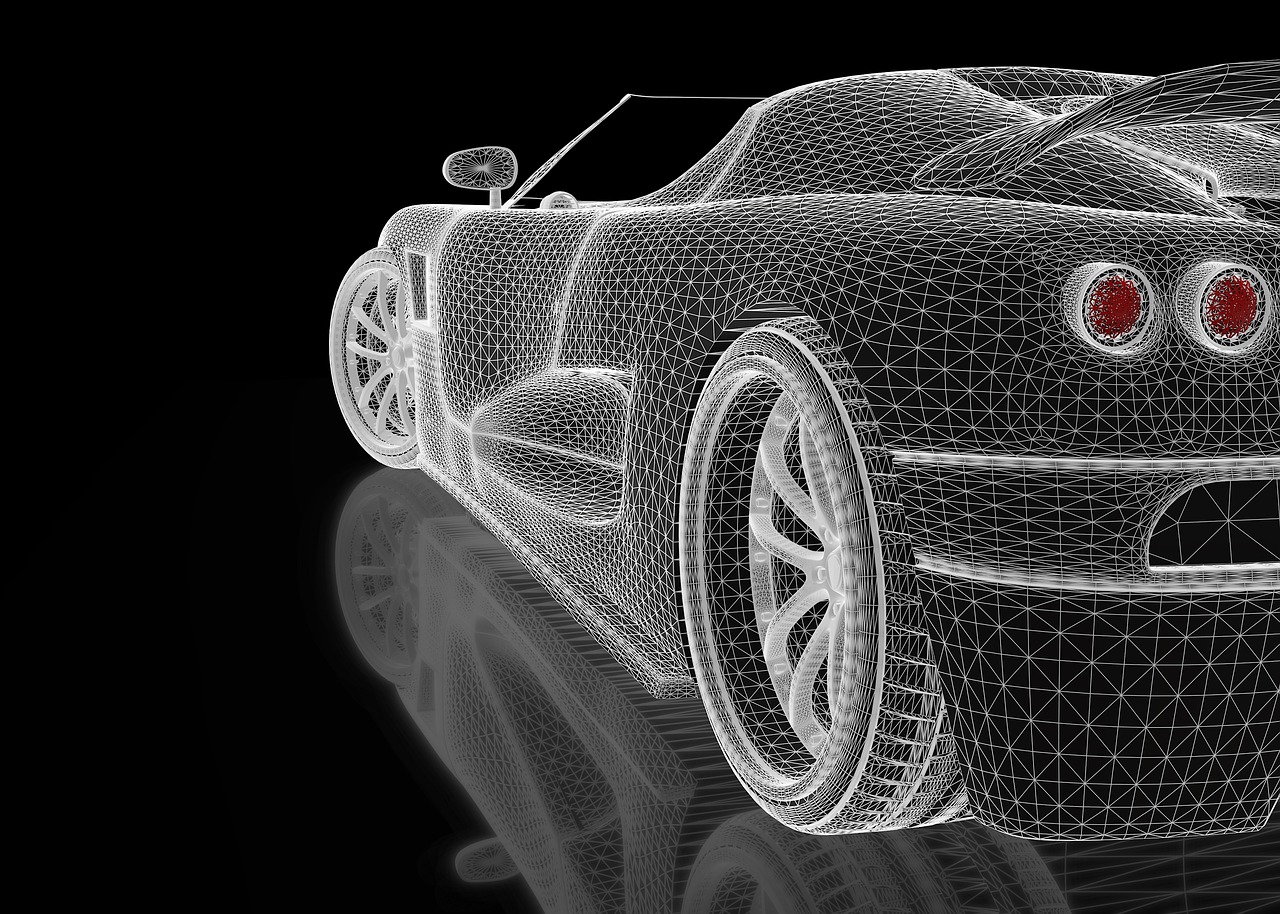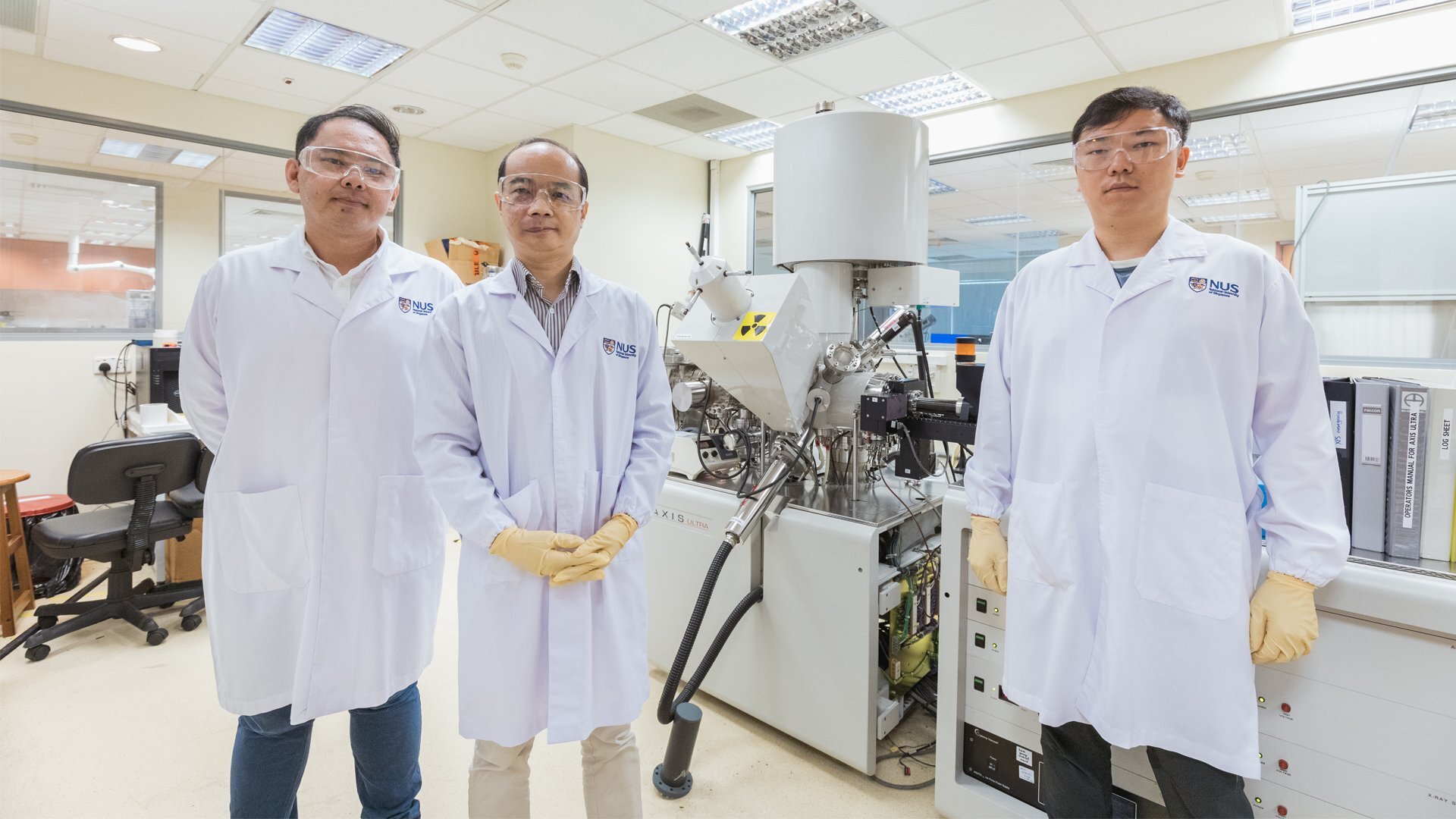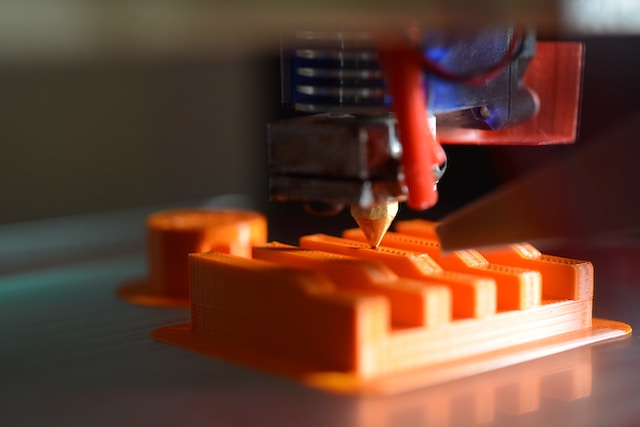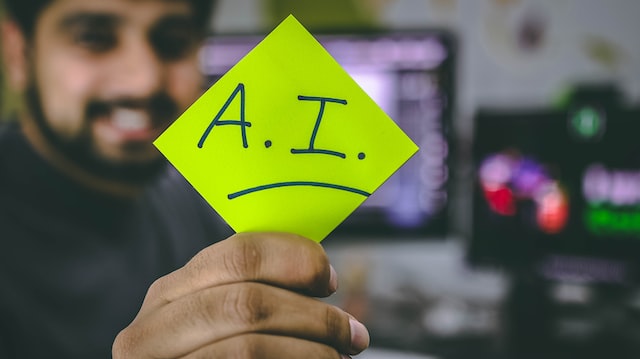A well-maintained garage door is essential for the security and functionality of your home. Its role goes beyond mere convenience; it protects your belongings, vehicles, and loved ones. Neglecting its upkeep can have a domino effect, leading to unexpected breakdowns that disrupt your daily routine and necessitate costly garage door repair. Worse yet, a malfunctioning garage door can pose serious safety hazards, potentially causing injuries or property damage. By following this ultimate checklist, you can proactively address potential issues, keep your garage door running smoothly, and enjoy peace of mind knowing that your home is secure.
Visual Inspection
Regularly inspect your garage door for visible signs of wear and tear. Look for rust, dents, or cracks on the door panels, as these can weaken its structural integrity and compromise its operation. Check the tracks for any obstructions, such as dirt, debris, or even small pebbles, which can impede the smooth movement of the door. Examine the rollers to ensure they move freely and replace any worn-out or damaged ones. Inspect the hinges, brackets, and fasteners for any looseness or damage, tightening them as needed. Finally, check the weatherstripping along the bottom and sides of the door for any gaps or tears that could allow drafts and pests to enter your garage.
Lubrication and Tightening
Proper lubrication is the lifeblood of a smooth and quiet garage door operation. Think of it as giving your door’s moving parts a well-deserved spa treatment. By applying a silicone-based or lithium-based lubricant to the hinges, rollers, and springs, you’re essentially reducing friction and preventing those annoying squeaks that can wake up the whole neighborhood. These lubricants act as a protective barrier, minimizing wear and tear on the metal components.
Consider this: a garage door can cycle hundreds, if not thousands, of times a year. With each opening and closing, those hinges, rollers, and springs are hard at work. Without proper lubrication, they can become dry, rusty, and eventually fail, leading to costly garage door repairs or even replacements.
Pros of Regular Lubrication:
- Reduced Noise: Say goodbye to the ear-piercing screeches and groans of a dry garage door.
- Extended Lifespan: Well-lubricated parts last longer, saving you money in the long run.
- Smooth Operation: Enjoy a quiet and effortless opening and closing experience.
- Prevents Rust and Corrosion: Lubricants create a protective barrier against the elements.
- Increased Energy Efficiency: Reduced friction translates to less strain on the motor, potentially lowering your energy bills.
Cons of Neglecting Lubrication:
- Increased Wear and Tear: Dry, unlubricated parts will wear out faster.
- Noisy Operation: Prepare for those unpleasant squeaks and groans to get louder.
- Potential for Breakdowns: Worn-out parts can lead to sudden malfunctions and costly repairs.
- Reduced Safety: Malfunctioning parts can compromise the safety features of your garage door.
- Lower Resale Value: A neglected garage door can negatively impact your home’s curb appeal and resale value.
Remember, a little lubrication goes a long way. However, it’s equally important to avoid over-lubricating, as excess lubricant can attract dirt and debris, which can eventually clog the moving parts and hinder their performance.
In addition to lubrication, take the time to tighten all nuts, bolts, and screws using a wrench or socket set. Loose hardware can cause vibrations, noise, and even misalignment of the tracks. By ensuring that all moving parts are properly secured and functioning as intended, you’ll be taking a proactive approach to garage door maintenance and avoiding potential headaches down the road.
Safety Features
Safety should always be a top priority when it comes to garage doors. Regularly test the auto-reverse feature by placing an object (like a roll of paper towels) under the closing door. If the door doesn’t reverse upon contact, it’s crucial to seek professional garage door repair immediately. This safety mechanism is designed to prevent accidents and injuries. If you’re in California, consider contacting a reputable California garage door repair company to address the issue promptly and ensure your garage door’s safety.
Balance and Sensors
Next, check the balance of the door by manually lifting it halfway. A well-balanced door should stay in place without assistance. If it doesn’t, it indicates an imbalance that could strain the opener and lead to premature wear and tear. It’s best to have a professional adjust the door’s balance to ensure safe and efficient operation. Additionally, inspect the photo-eye sensors located near the ground on either side of the door. These sensors create an invisible beam that triggers the auto-reverse feature if anything crosses its path. Ensure the sensors are clean, aligned, and unobstructed to maintain optimal safety.
Garage Door Opener
Your garage door opener is a complex piece of machinery that requires regular attention. Test both the remote control and the wall button to ensure they are functioning correctly. If you experience any issues, replace the batteries in the remote or consult the owner’s manual for troubleshooting steps. Clean the lens of the photo-eye sensors to remove any dirt or debris that could interfere with their operation. Check the battery backup system, especially if you live in an area prone to power outages. A functioning backup system will ensure you can still open and close your garage door during emergencies. Lastly, listen for any unusual noises during the operation of the opener. Grinding, screeching, or rattling sounds could indicate underlying problems that require professional attention from a garage door repair company.
Professional Advice:
Check the Chain or Belt: If your garage door opener uses a chain or belt drive, inspect it for any signs of wear and tear. A loose or damaged chain/belt can affect the opener’s performance and may need adjustment or replacement by a professional.
Test the Force Settings: Garage door openers have adjustable force settings that determine how much force is needed to open and close the door. If the settings are incorrect, the door may not reverse properly upon contact with an obstruction, posing a safety hazard. Have a professional check and adjust the force settings to ensure proper operation.
Professional Inspection and Maintenance
While regular DIY maintenance is essential, it’s equally important to schedule professional inspections at least once a year. Certified technicians have the expertise and specialized tools to identify potential problems that may not be apparent to the untrained eye. They can perform comprehensive checks, adjustments, and lubrication to ensure your garage door operates safely and efficiently. Some repairs, such as garage door spring repair, are best left to professionals due to the high tension and potential risks involved. By investing in professional maintenance, you can extend the lifespan of your garage door, prevent costly breakdowns, and ensure the safety of your family and property.
Conclusion
By incorporating this comprehensive checklist into your routine, you can keep your garage door in optimal condition and avoid unexpected malfunctions. Regular maintenance not only extends the lifespan of your garage door but also ensures its safe and reliable operation. Remember, some repairs require professional expertise, so don’t hesitate to contact a reputable garage door repair company for assistance. Prioritize the upkeep of your garage door, and it will continue to serve you well for years to come.







